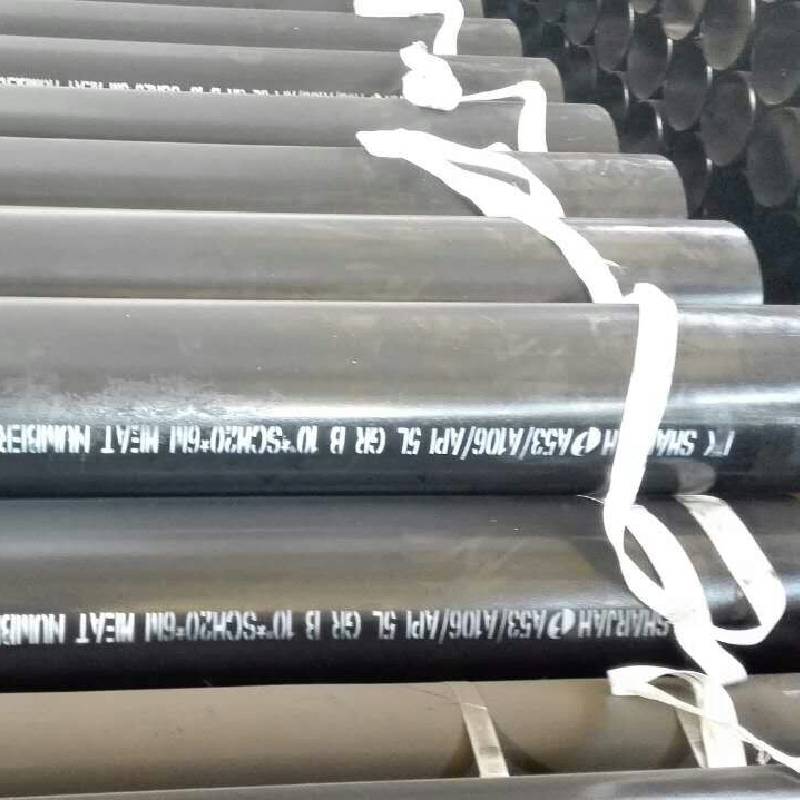-
Cangzhou Yulong Steel Co., Ltd.
-
Phone:
+86 13303177267 -
Email:
admin@ylsteelfittings.com
- English
- Arabic
- Italian
- Spanish
- Portuguese
- German
- kazakh
- Persian
- Greek
- French
- Russian
- Polish
- Thai
- Indonesian
- Vietnamese
- Zulu
- Korean
- Uzbek
- Hindi
- Serbian
- Malay
- Ukrainian
- Gujarati
- Haitian Creole
- hausa
- hawaiian
- Hebrew
- Miao
- Hungarian
- Icelandic
- igbo
- irish
- Japanese
- Javanese
- Kannada
- Khmer
- Rwandese
- Afrikaans
- Albanian
- Amharic
- Armenian
- Azerbaijani
- Basque
- Belarusian
- Bengali
- Bosnian
- Bulgarian
- Catalan
- Cebuano
- China
- China (Taiwan)
- Corsican
- Croatian
- Czech
- Danish
- Esperanto
- Estonian
- Finnish
- Frisian
- Galician
- Georgian
- Kurdish
- Kyrgyz
- Lao
- Latin
- Latvian
- Lithuanian
- Luxembourgish
- Macedonian
- Malgashi
- Malayalam
- Maltese
- Maori
- Marathi
- Mongolian
- Myanmar
- Nepali
- Norwegian
- Norwegian
- Occitan
- Pashto
- Dutch
- Punjabi
- Romanian
- Samoan
- Scottish Gaelic
- Sesotho
- Shona
- Sindhi
- Sinhala
- Slovak
- Slovenian
- Somali
- Sundanese
- Swahili
- Swedish
- Tagalog
- Tajik
- Tamil
- Tatar
- Telugu
- Turkish
- Turkmen
- Urdu
- Uighur
- Welsh
- Bantu
- Yiddish
- Yoruba

Nov . 27, 2024 07:30 Back to list
Current Prices for Galvanized Pipes and Industry Trends in 2023
The Current Trends in Galvanized Pipe Pricing
Galvanized pipes have long been a staple in construction and plumbing due to their durability, corrosion resistance, and versatility. As the demand for construction materials fluctuates, the pricing for galvanized pipes often sees significant changes. Understanding the factors influencing the price of galvanized pipes is essential for contractors, manufacturers, and consumers alike, especially in an evolving market.
What Are Galvanized Pipes?
Galvanized pipes are steel pipes that have been coated with a layer of zinc to prevent rusting and provide enhanced longevity. The galvanization process involves either hot-dipping or electroplating, which gives the pipes their characteristic shiny appearance and additional protection against environmental factors. Used in a variety of applications, including water lines, HVAC systems, and fencing, these pipes have become incredibly popular in both residential and commercial sectors.
Factors Influencing Galvanized Pipe Prices
1. Raw Material Costs The primary component of galvanized pipes is steel. Thus, fluctuations in steel prices significantly impact the overall cost of galvanized pipes. Global steel markets are influenced by supply chain dynamics, trade policies, and changes in production levels, which can lead to varying prices.
2. Zinc Prices The cost of zinc, the material used for galvanizing, also affects pricing. Zinc prices can be volatile, influenced by mining outputs, market demand, and geopolitical factors. When zinc prices rise, manufacturers often pass these costs onto consumers.
3. Supply and Demand Dynamics The construction industry is cyclical, and the demand for galvanized pipes can vary significantly based on economic conditions. In times of economic growth, infrastructure projects and residential building often increase the demand for construction materials, elevating prices. Conversely, during economic downturns, the demand may decrease, leading to lower prices.
galvanised pipe price

4. Transportation and Logistics Costs The cost of transporting galvanized pipes from manufacturers to consumers also plays a crucial role in pricing. Fuel prices, shipping rates, and logistical challenges can all contribute to the overall expense. For instance, disruptions in global shipping routes can delay deliveries and increase costs, influencing market prices.
5. Market Competition The presence of multiple manufacturers and suppliers can create competitive pricing in the galvanized pipe market. This competition can help alleviate drastic price increases, as companies may undercut each other to gain market share. However, monopolistic practices or the dominance of a few key players can lead to higher prices.
6. Regulatory Standards and Compliance Over the years, construction and safety regulations have evolved, requiring certain standards for materials used in construction. Compliance with these standards can increase production costs for manufacturers, which may then be reflected in the pricing of galvanized pipes.
Current Pricing Trends
As of late 2023, the pricing of galvanized pipes is influenced by a somewhat unstable market characterized by shifting steel and zinc prices. While there has been a gradual increase in prices due to rising raw material costs, ongoing supply chain challenges and fluctuating demand have led to a mixed outlook. Some regions are experiencing higher prices due to increased construction activities, especially in urban centers, while others may see stabilization or even price reductions as supply catches up with demand.
Contractors and home builders are advised to keep a close eye on market trends. By staying informed about material costs and market dynamics, they can make better purchasing decisions and anticipate potential changes in project budgets.
Conclusion
In conclusion, the price of galvanized pipes is shaped by various dynamic factors including raw material costs, supply and demand, and transportation logistics. As the construction industry evolves, so too will the market for galvanized pipes. It is crucial for stakeholders to monitor market trends and adapt to changes in pricing structures. Understanding these elements not only facilitates better financial planning but also enhances the ability to make informed decisions in sourcing materials for construction and infrastructure projects. As the saying goes, knowledge is power, especially in markets as fluid as that of galvanized pipes.
Latest news
-
ANSI 150P SS304 SO FLANGE
NewsFeb.14,2025
-
ASTM A333GR6 STEEL PIPE
NewsJan.20,2025
-
ANSI B16.5 WELDING NECK FLANGE
NewsJan.15,2026
-
ANSI B16.5 SLIP-ON FLANGE
NewsApr.19,2024
-
SABS 1123 FLANGE
NewsJan.15,2025
-
DIN86044 PLATE FLANGE
NewsApr.19,2024
-
DIN2527 BLIND FLANGE
NewsApr.12,2024
-
JIS B2311 Butt-Welding Fittings LR/SR 45°/90° /180°Seamless/Weld
NewsApr.23,2024











